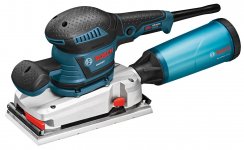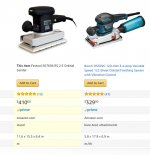Steven Owen
Member
- Joined
- Oct 4, 2017
- Messages
- 443
I’m going to have some projects coming-up next year that will require he use of hardwood plywood. What are some of your reccomendations for sanding techniques with hardwood plywood for a stained, dyed surface with a laquer or varnish top coat?
Your dealing with a thin veneer. The biggest mistake you want to avoid is damaging/thinning out the first layer of the veneer.
Your dealing with a thin veneer. The biggest mistake you want to avoid is damaging/thinning out the first layer of the veneer.


